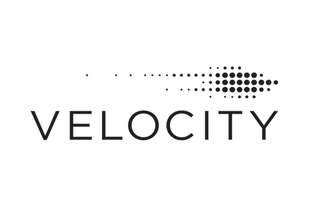With the financial pressures of value-based care, hospitals have to do more with less
The Future of Healthcare Delivery is one of human-robot collaboration
Aimed at addressing healthcare labor shortages, Codi is designed with advanced AI, superior sensory perception, and cutting-edge mechanics, specifically built for medical applications.
We are a team of builders, engineers, scientists and clinicians who are on a singular mission to improve the capabilities of collaborative robots by redefining the boundaries of what is possible.
We are achieving this by integrating breakthrough technologies in human-robot collaboration, sensors, computer vision, control theory, materials science, and artificial intelligence into a single cohesive platform that we call Codi..
Guided by a patient-first focus, we are advancing the field of robotics in order to revolutionize healthcare.
We are building a future where clinician and robot are one, where access to high quality care is not limited by labor resources, ergonomic constraints or geographical distances.
Our strength lies within our interdisciplinary team. Leaders and experts in their own fields – from artificial intelligence to medical devices, we have a winning track record that has rewarded our patients, commercial partners and investors.
To address growing labor shortages in healthcare, long-time collaborators and colleagues, Dr. Tim Lasswell, Nima Zamani, and John Van Leeuwen created Cobionix. Zamani, known for his expertise in robotics and AI, and Dr. Lasswell, renowned for his innovation in medical devices, combined their technical and medical insights. They were complemented by Van Leeuwen's executive experience in growing companies from ideation to IPO.
Autonomous technology allows Codi to move beyond automation and become a true labor solution for healthcare. Codi is a robotic platform that can perform medical tasks and procedures end-to-end. Our platform is designed from the ground up to offset the labor requirements placed on clinicians and ultimately provide them with the freedom to focus on more meaningful procedures.





